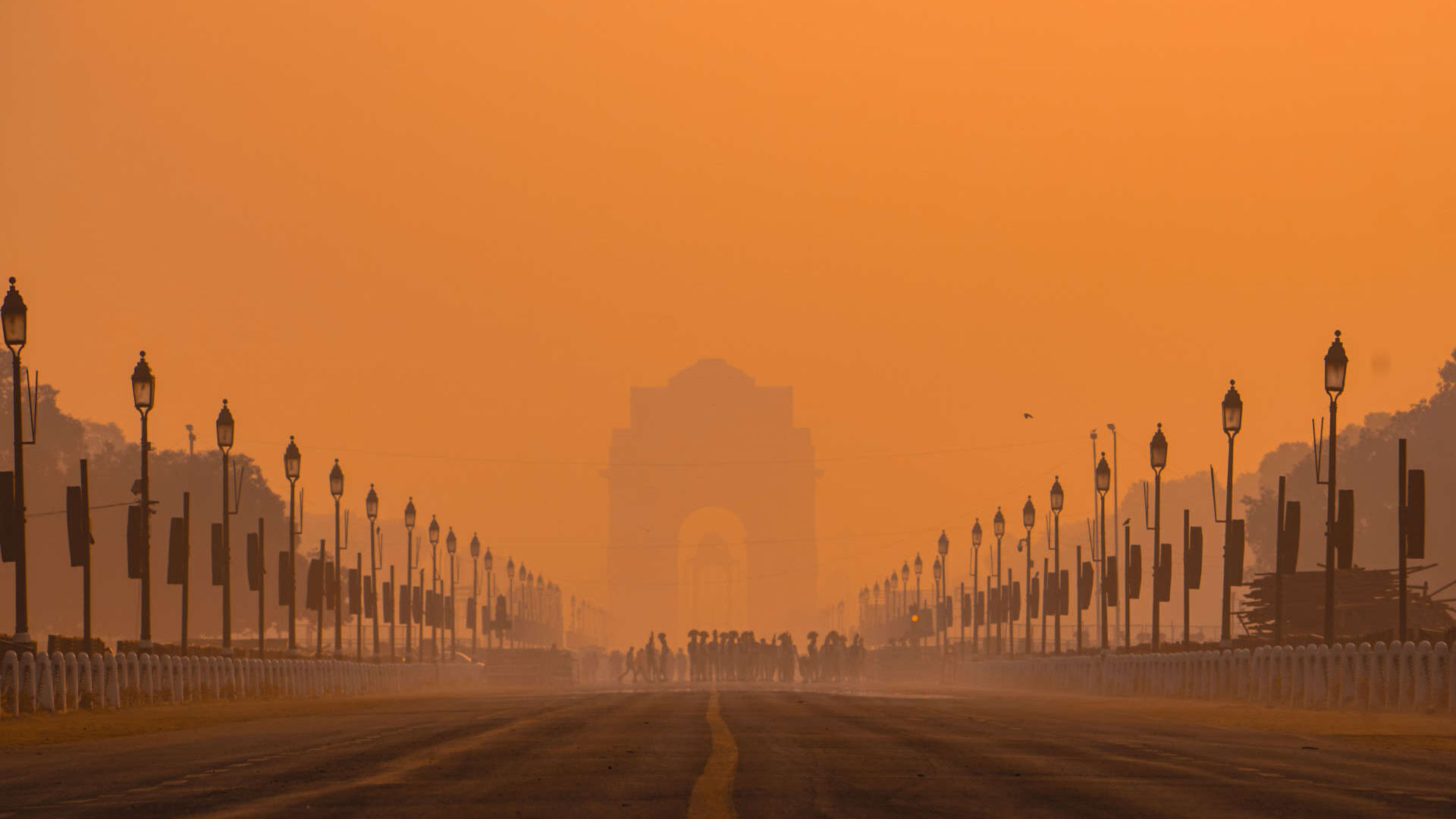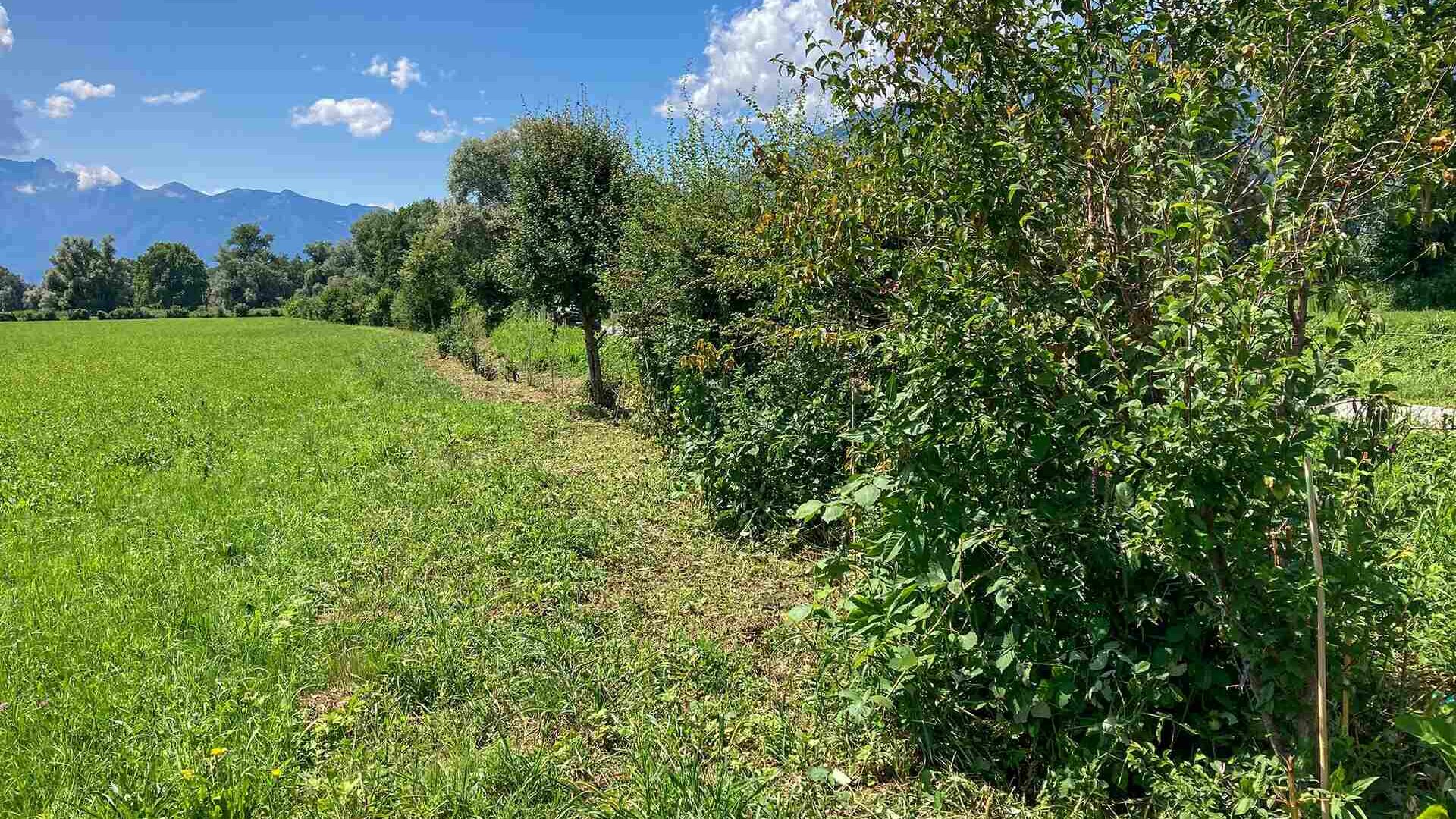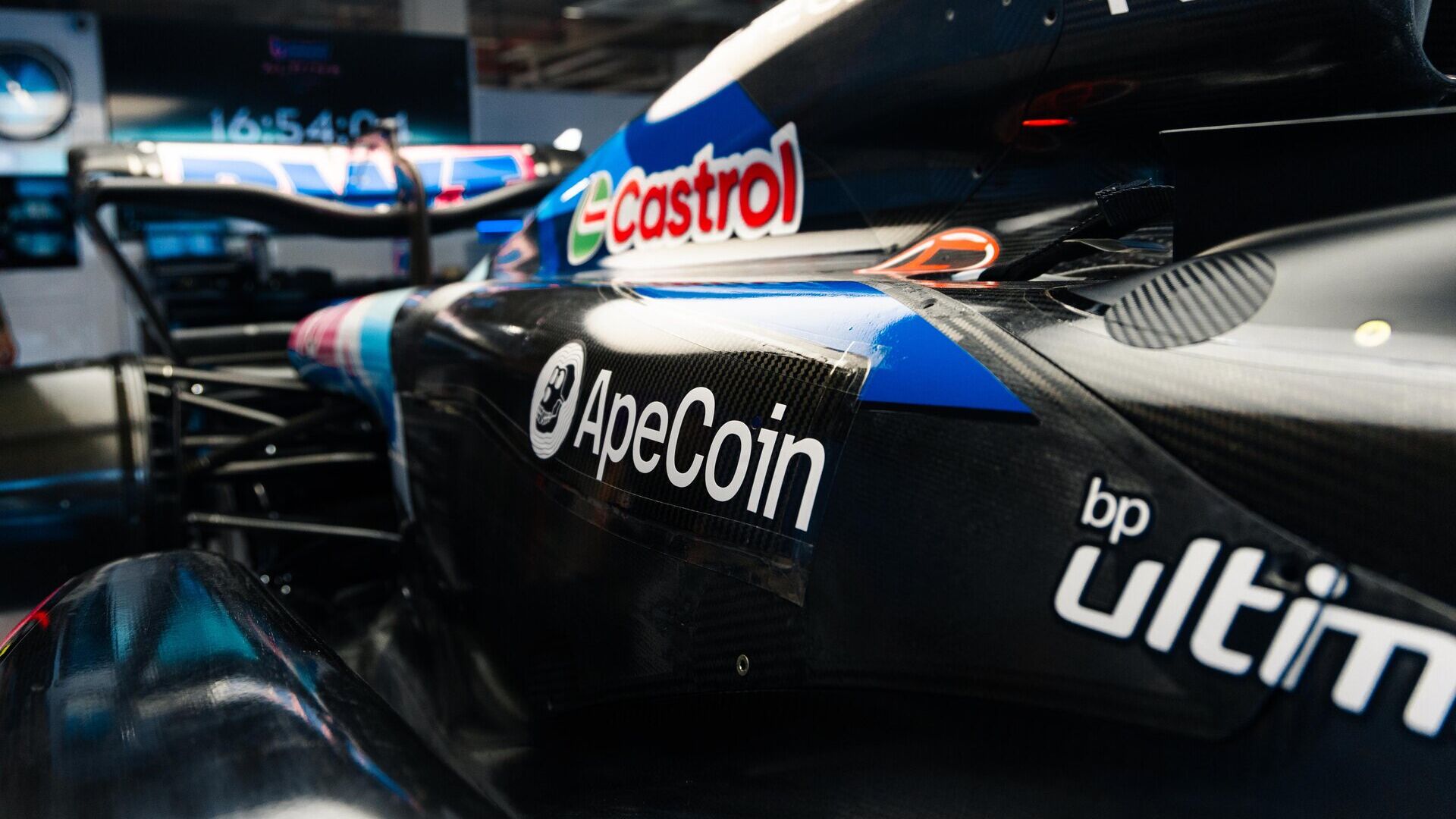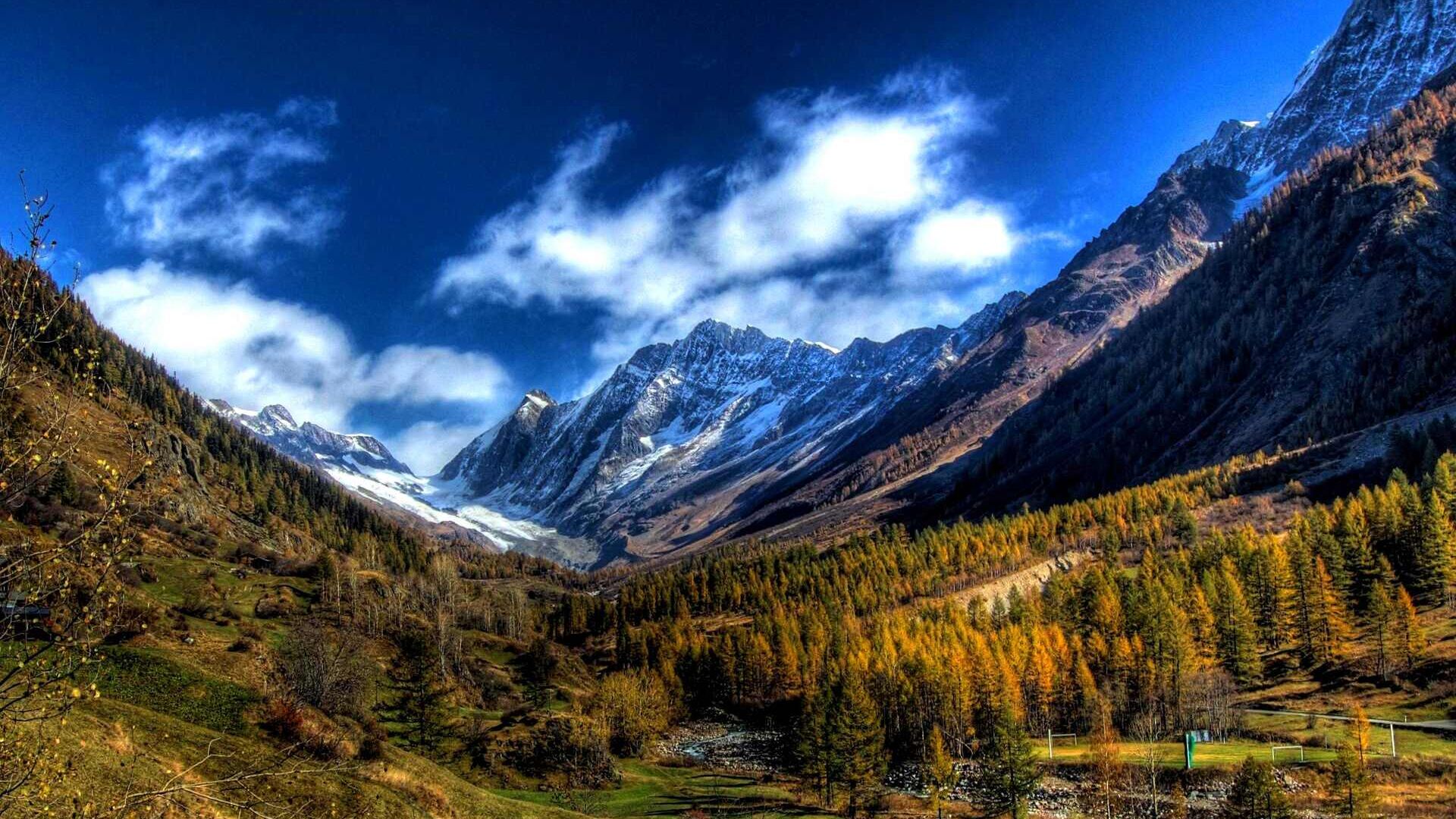In Palau the fish farming laboratory that will feed us in the future
In the small oceanic state, where 193.000 square miles are protected reserves, the UN is experimenting with the most eco-sustainable fish farms
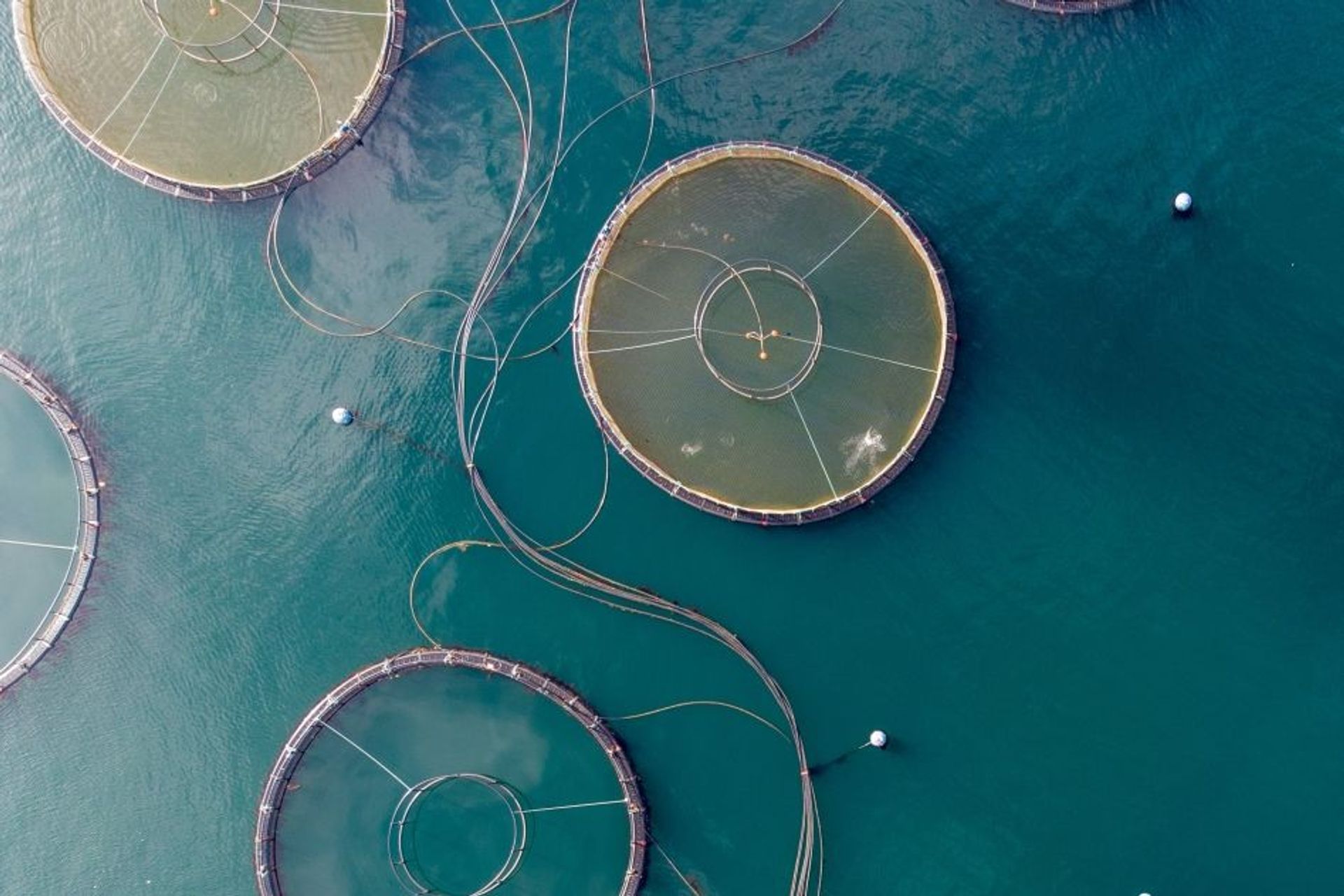
(Photo: Bob Brewer/Unsplash)
Flying over the crystalline blue waters of the Palau archipelago in the South Pacific, one can notice in many places something unusual: the total absence of fishing boats.
In 2015, the small oceanic republic designated 193.000 square miles of its maritime territory as a protected reserve, within which fishing is prohibited.
While this decision helped protect marine life, it also created a major challenge for the future.
How can the ocean country ensure that theattention to conservation does not come at the expense of job creation and economic growth?
Palau, with the support of United Nations Environment Programme (UNEP), is examining a possible solution: aquaculture.
An alliance for sustainability between fish and aromatic herbs
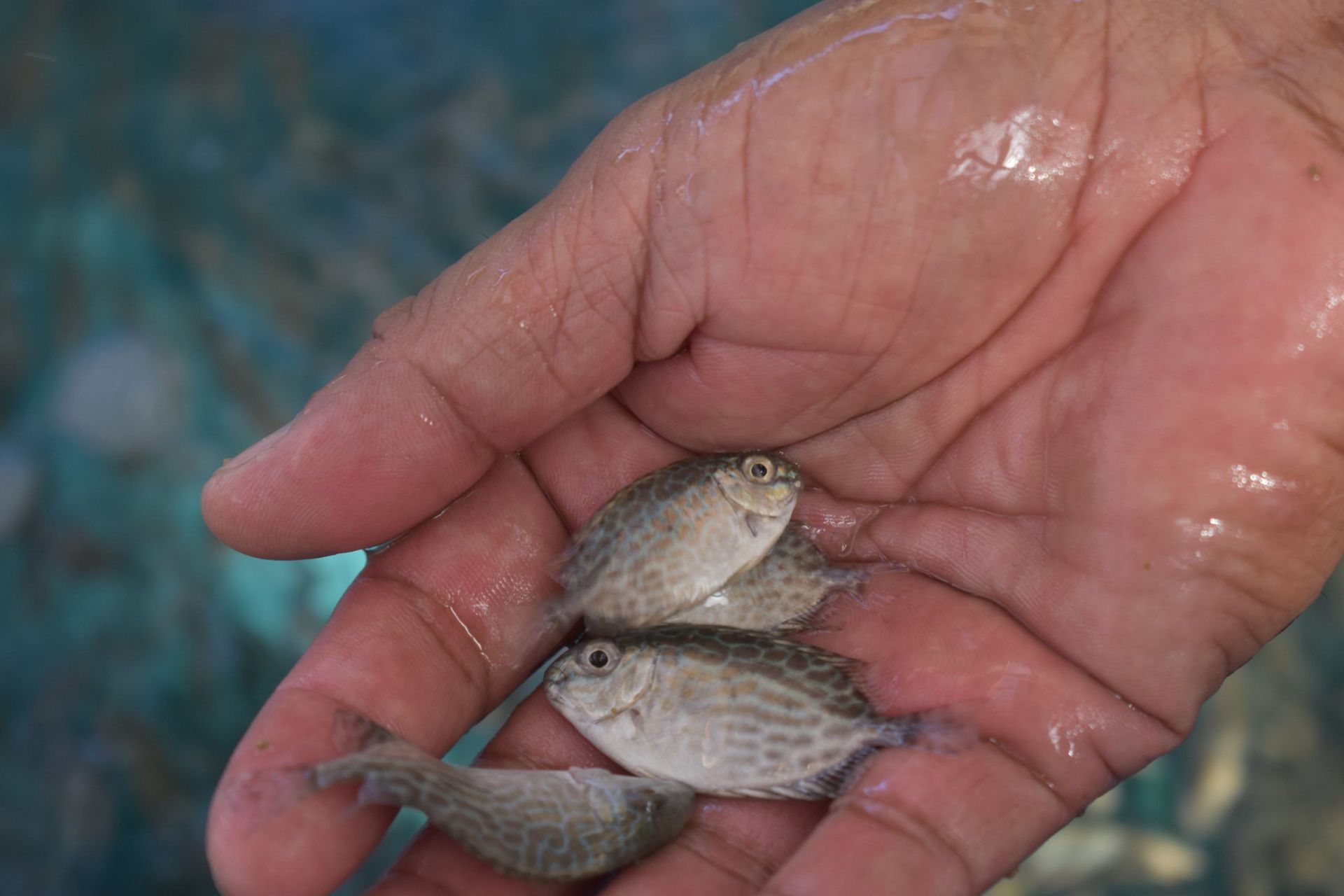
(Photo: Fabio Siksei)
The test of a thriving but environmentally friendly aquaculture for the 18 inhabitants
While in many places the cultivation of aquatic plants and animals has become a blight on the environment, in Palau government officials hope to build a thriving aquaculture industry and respectful of the environment, which provides jobs and ensures that the country's 18.000 residents are not totally dependent on wild fish stocks.
“Palau's fish farming industry has enormous potential”, says Tsunghan Lee, an expert industry consultant who works for the Government of Palau.
“But it is still an embryonic phenomenon. There are only two commercial fish farms, producing bait fish, and eleven farms in the sea…”.
A self-propelled fish farm will seek out the… best waters

(Photo: Jesse Kirsch/NASA)
10 percent of the world's population depends on fishing for their livelihoods
palau it is not the only country grappling with the problem of how to protect fish stocks, while safeguarding the livelihoods of fishermen and the marine biodiversity that underpins coastal tourism.
According l 'Food and Agriculture Organization of the United Nations, the famous FAO, up to 10 percent of the world's population depends on fishing for their livelihood.
However, in 2019, a third of the world's fish stocks were overexploited, up from 10 per cent in the mid-70s, while another 60 per cent were used to their maximum sustainable limit.
Aquaculture has grown tremendously over the past three decades and today supplies half of all fish for human consumption.
“Fish farming activities have more than tripled globally, from 34 million tonnes in 1997 to 112 million tonnes in 2017”, explains Sang Jin Lee, Task Manager of the Biodiversity Unit of the UNEP World Fund for the Environment.
Video, the "smart" trimaran for deep sea aquaculture
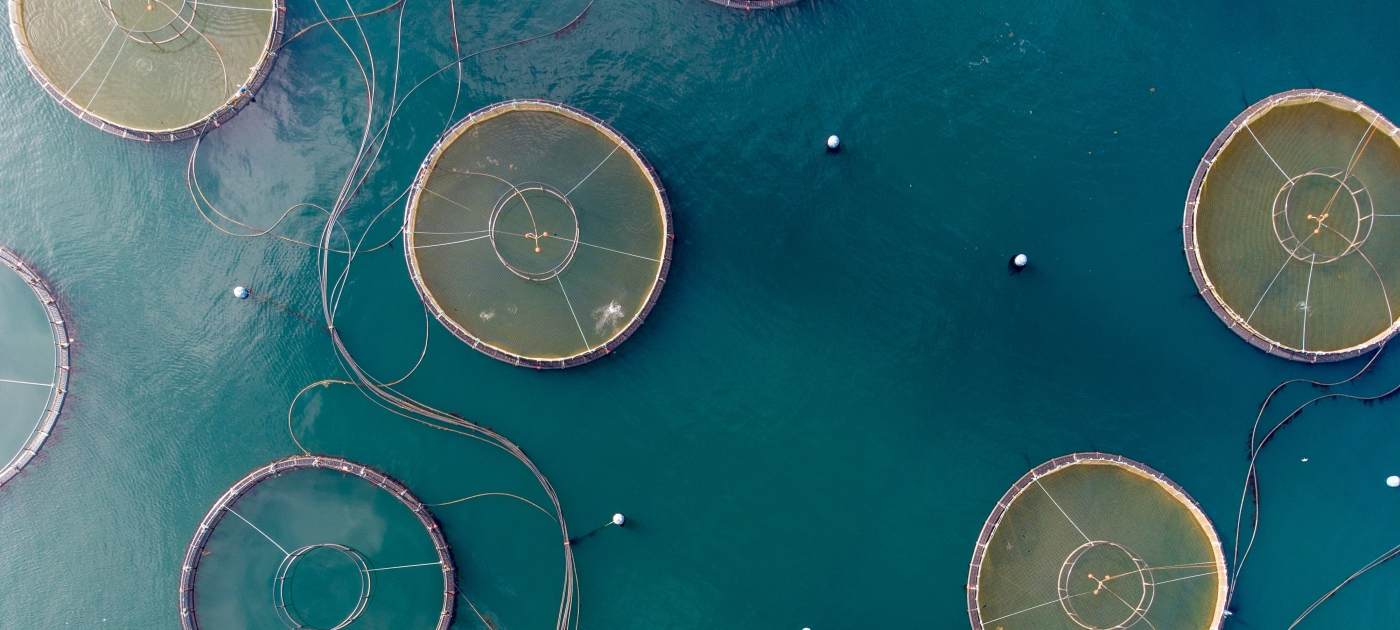
(Photo: Bob Brewer/Unsplash)
9,8 billion people on Earth in 2050, and a third of fish from farms
By 2030, aquaculture could produce nearly two-thirds of the fish consumed globally.
And as the world's population is projected to grow from 7,96 billion to 9,8 billion by 2050, food security will continue to be a vitally important global issue.
Fish farming is not limited to the production of food: it also generates products used in the food processing, feed, fuel, cosmetics and a number of other industrial products.
“Over the past two decades, aquaculture has transformed from a relatively minor to a major role in the global food system”, says Sang Jin Lee.
But the world of fish farming is not without its problems.
“Much of the aquaculture practiced around the world causes pollution, causes disease and degrades coastlines”adds Sang Jin Lee.
“However, aquaculture farms, if well managed, have the potential to provide a number of ecosystem services”.
Because water is so essential to life and health
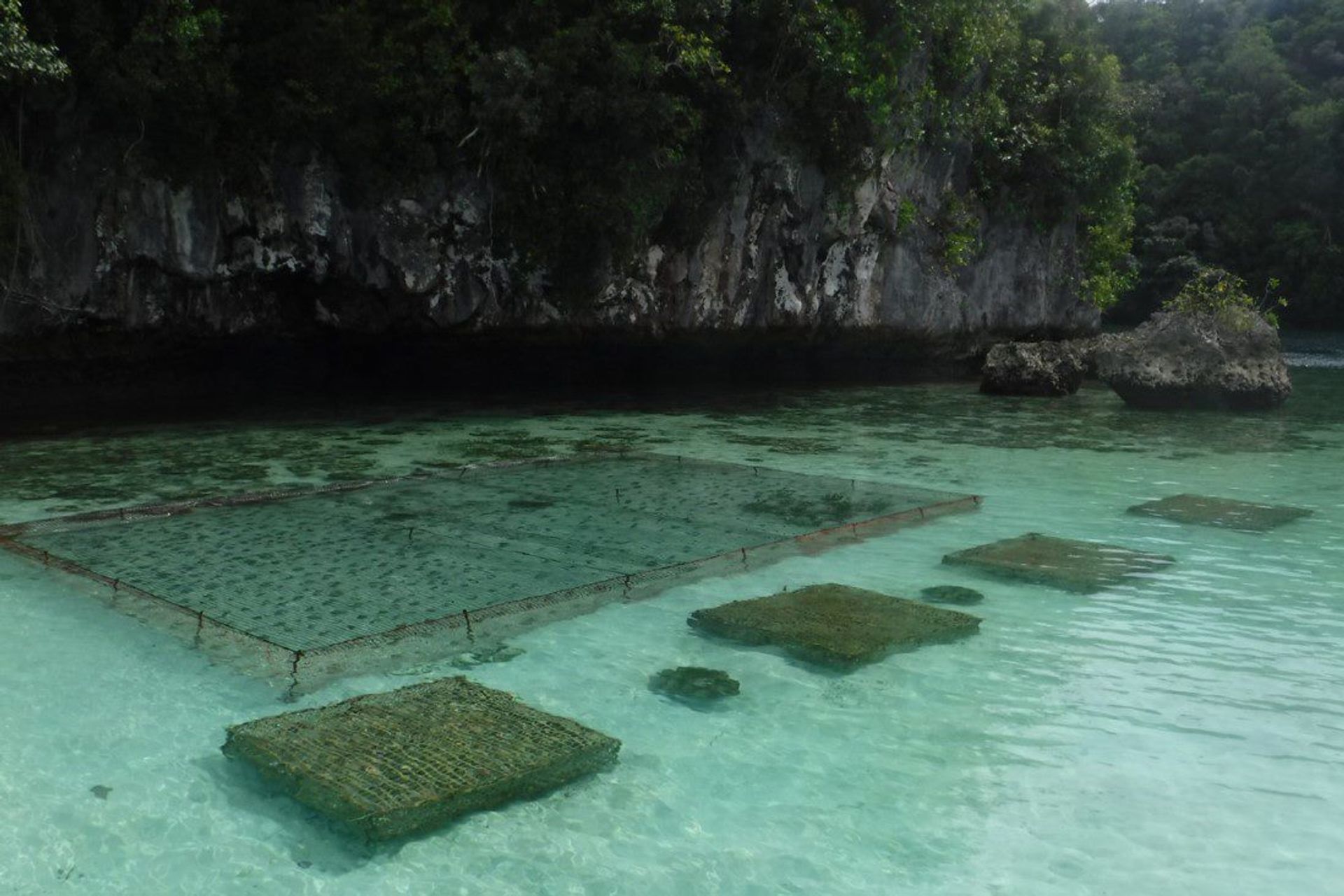
(Photo: Jesse Kirsch/NASA)
From Norway's Salmars Ocean Farm of 3 million salmon to land ponds
Fish farming operations can vary enormously in size, from Salmars Ocean Farm off the coast of Norway, which can house three million salmon, to small freshwater farms in land ponds, which are home to hundreds of fish.
“When managed within a broader ecosystem framework and strategy, aquaculture has the potential to enhance ecosystems and deliver greater benefits to humanity, with values potentially returned through a wide range of specific regulatory services, supply, habitat and culture”, comments Sang Jin Lee again.
In 2022, UNEP devised a national project funded by the Global Environment Facility to strengthen aquaculture policy, planning and management in Palau.
The Ngerulmud-capital nation has one of the most biologically diverse undersea ecosystems globally, but unsustainable development practices, the impacts of climate change, the overexploitation of natural resources and the continued expansion of tourism pose significant threats to environmental quality and biodiversity of Palau.
A floating island in the Maldives against rising seas

(Photo: The Nature Conservancy)
The United Nations Sustainable Development Goals remain the only model
“Many of the human-induced ecosystem changes taking place on these fragile islands are irreversible”adds Sang Jin Lee.
These problems extend to the country's aquaculture industry which, according to the Task Manager of UNEP's World Fund for the Environment Biodiversity Unit, has suffered from limited planning, capacity and coordination.
“This has often led to unintended ecosystem impacts and a mismatch between seedling production, needs and sites for aquaculture farms”Sang Jin Lee explains.
The UNEP-led project will lead the development of the aquaculture sector to integrate the conservation heritage of marine biodiversity of palau.
“When developed responsibly, aquaculture presents a significant opportunity to simultaneously meet the three pillars of the United Nations Sustainable Development Goals: end poverty and hunger and promote prosperity, while protecting the planet from degradation”, finally declared Sang Jin Lee.
Deep learning studies the social interactions between animals

You may also be interested in:
How to clean New Delhi's stuffy air: the study
Research into the particulate matter that asphyxiates cities in northern India reveals which substances are particularly harmful to health
An innovative refuge for wildlife at the Locarno military airfield
The DDPS specialists acted on the perimeter hedges of the Sopracenerino airport, creating a place of retreat and source of food for the animals
by Editorial staff Innovando.NewsEditorial staff of Innovando.News
A DAO in Formula 1 from the agreement between ApeCoin and BWT Alpine
The Decentralized Spinning Skull Organization and French Team Will Activate a Global Fanbase Through Real-World and Web3 Experiences
Video, the unique ecosystem of the Lötschental alpine forest
The ideal place to study the growth of trees at different altitudes in the Canton of Valais is described in a very innovative WSL film
by Editorial staff Innovando.NewsEditorial staff of Innovando.News

